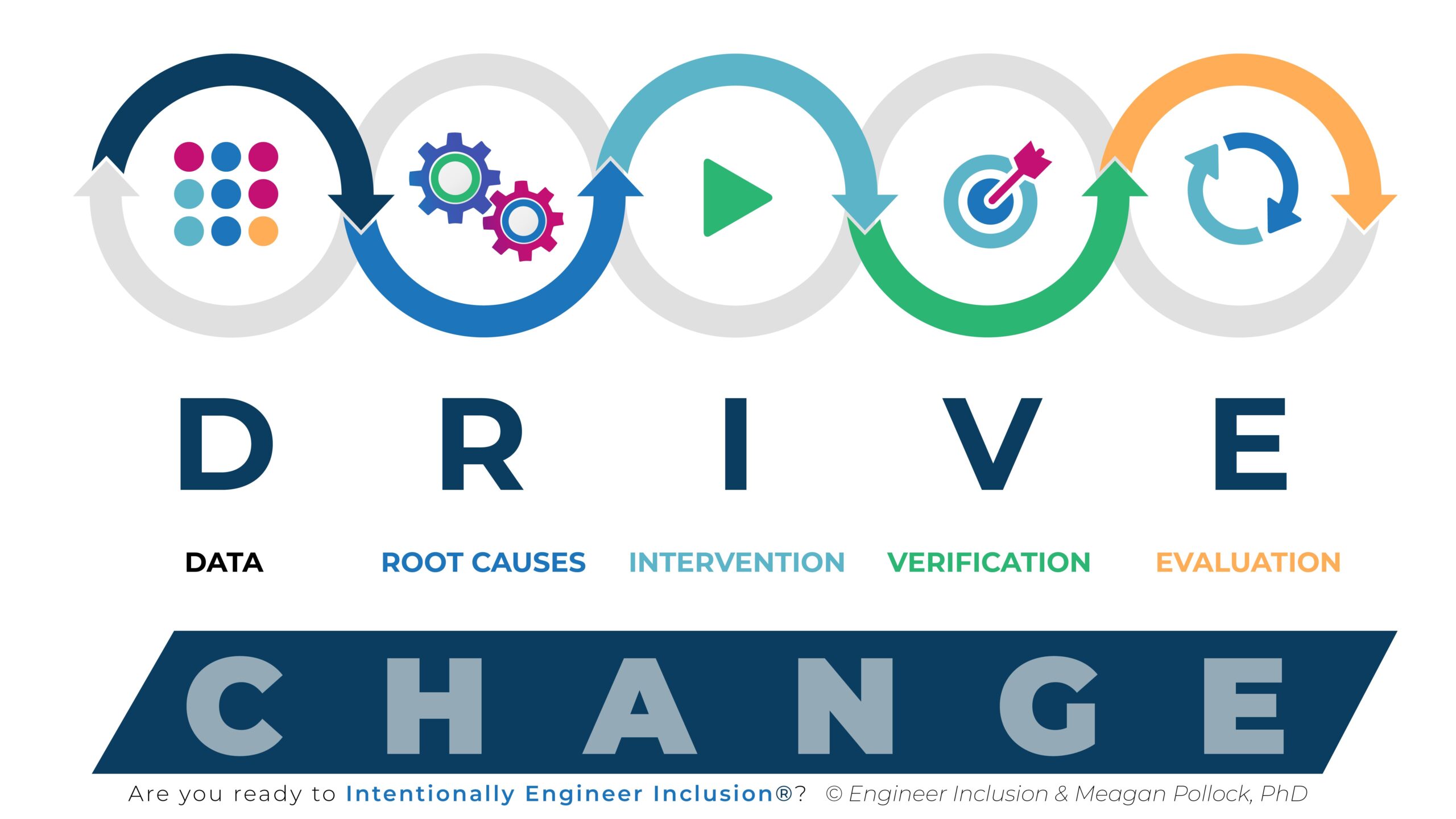
How to DRIVE Change
Revolutionize your workplace with our DRIVE framework – a strategic, data-driven approach to foster real inclusion and diversity, turning aspirations into impactful, lasting organizational change.

Revolutionize your workplace with our DRIVE framework – a strategic, data-driven approach to foster real inclusion and diversity, turning aspirations into impactful, lasting organizational change.
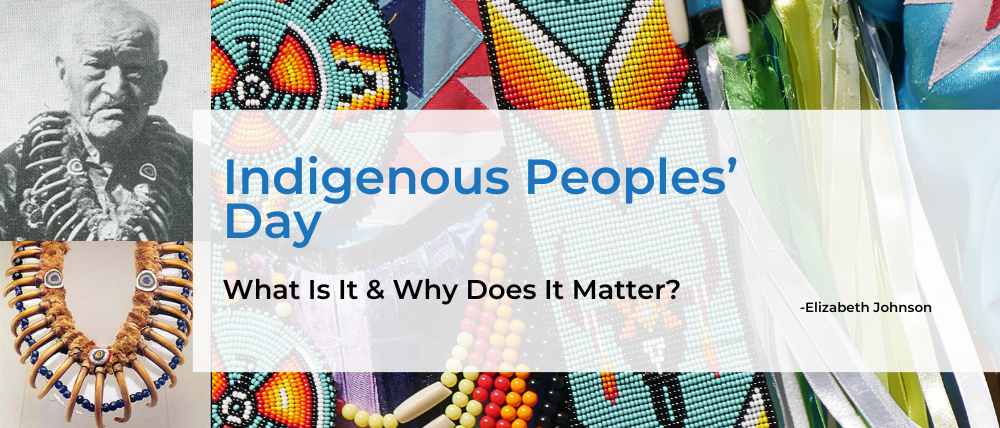
Indigenous Peoples’ Day recognizes the rich history, culture, and contributions of Native people. It’s an opportunity to educate others about tribes, challenge the prevalent negative stereotypes, and highlight the Indigenous community’s issues.

Discover how engineering education is undergoing a transformative shift, prioritizing humanity over technicality. This article delves into the critical need to humanize the learning environment, reduce stress, and promote inclusivity, offering insights into a more equitable and supportive future for all engineering students.

Explore the transformative potential of self-awareness through positionality. This article underscores the importance of recognizing and reflecting on our power, privilege, and identity to dismantle oppressive systems, fostering inclusivity and equity for all.
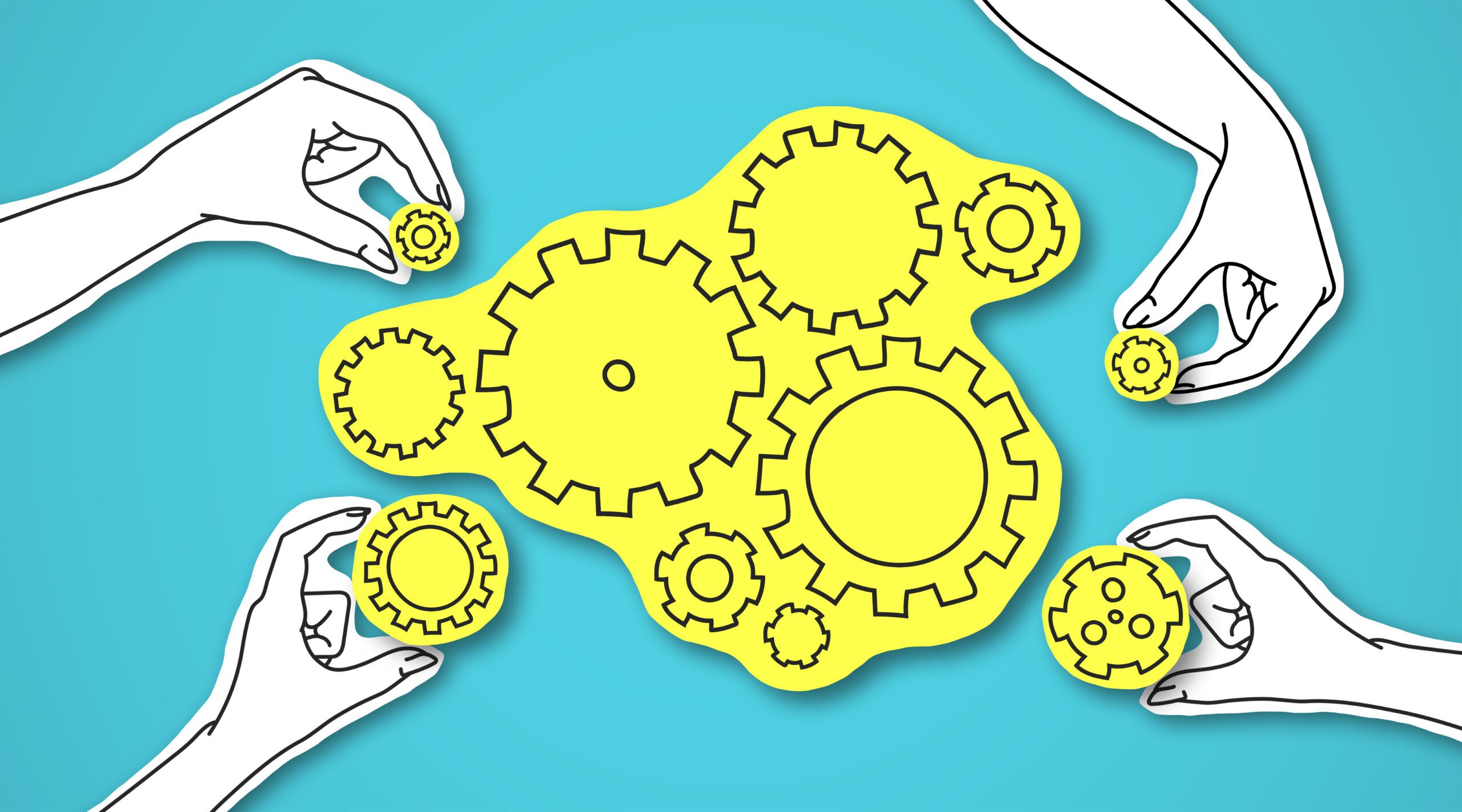
This article uncovers the systematic oppression faced by traditionally marginalized groups in engineering. It emphasizes the importance of recognizing and dismantling these systems through a systems-thinking approach, offering hope for creating inclusive learning environments. Download a PDF Resource.
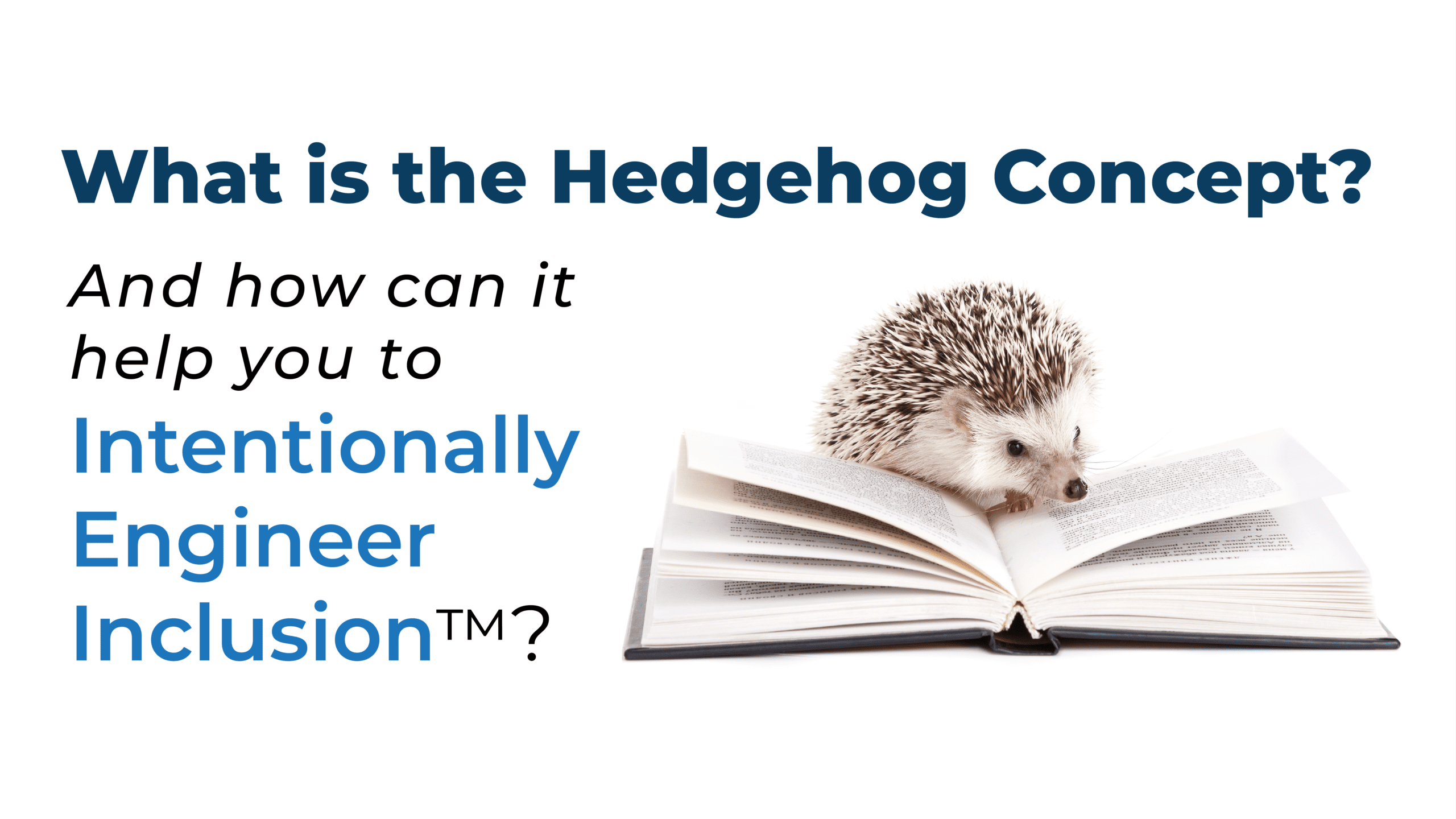
If we want to Intentionally Engineer Inclusion™ and positively influence our organizations towards diversity, equity, inclusion (DEI) and belonging, we have to prioritize and take action. In this post, we describe the hedgehog map exercise and provide a series of prompts to help you identify the intersection of your passions, skills, and resources. Plus we offer a PDF download worksheet and additional resources for further reading. For when we find actions and make decisions from the greatest overlap of these three elements, we will have greater motivation, agency, and potential for impact.

Join us on November 10 for a live interview on nonbinary identities. You’ll learn simple strategies for bringing inclusive of your nonbinary colleagues and students.
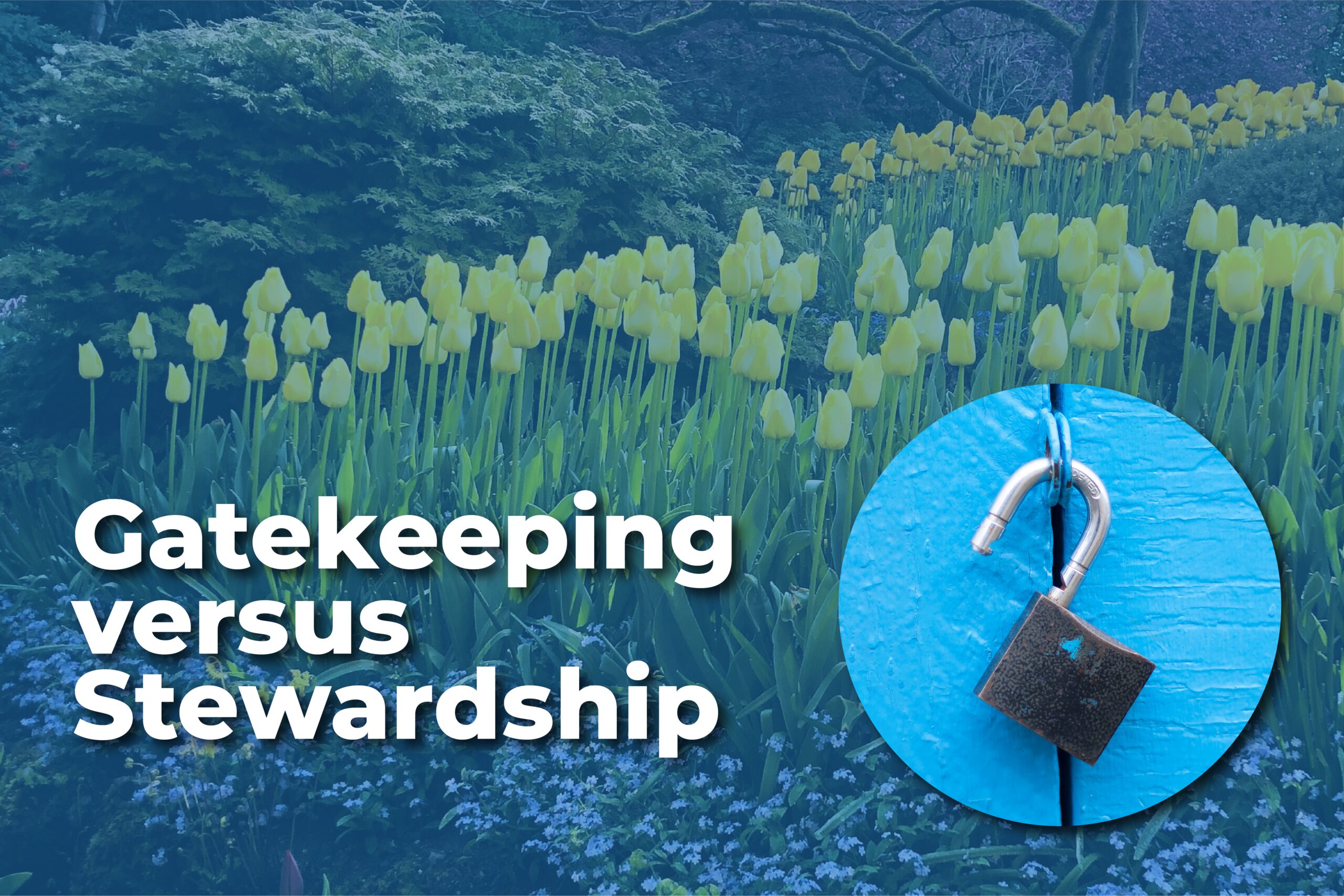
Stewardship cultivates an enriching atmosphere, the opposite of gatekeeping behaviors. Everyone can practice stewardship and facilitate belonging for those around them. In this post, I describe stewardship and gatekeeping, and provide a set of prompts to equip us with a mindset and choice framework.
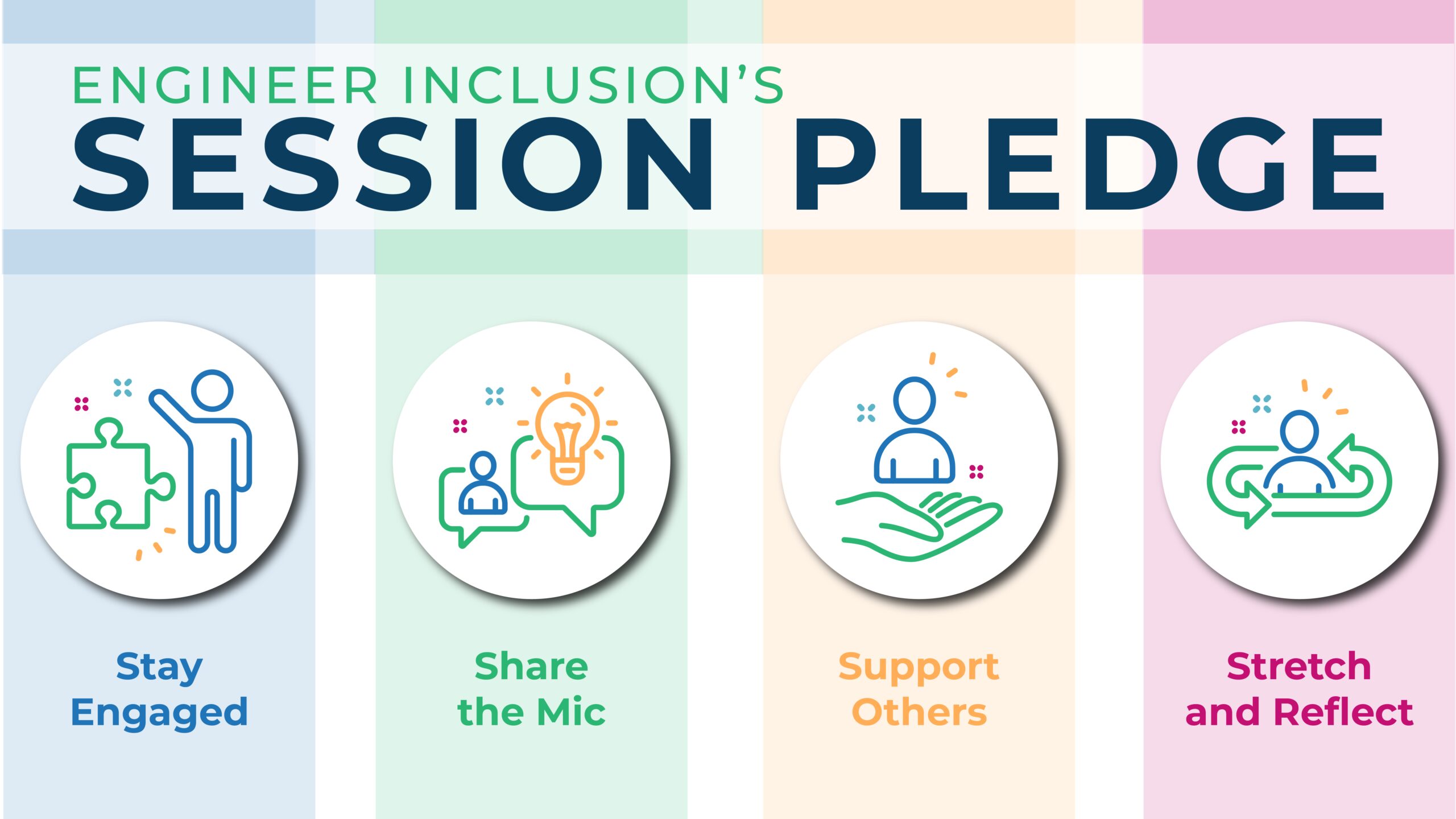
Every group naturally develops normative behaviors, expectations, and unwritten ways of operating. To intentionally engineer inclusion, you can set or establish norms that scaffold equitable and inclusive practices. We’ve created a simple four-S alliteration to help you get started. Save the image, download the pdf, or use our pledge as a starting place to create your own.
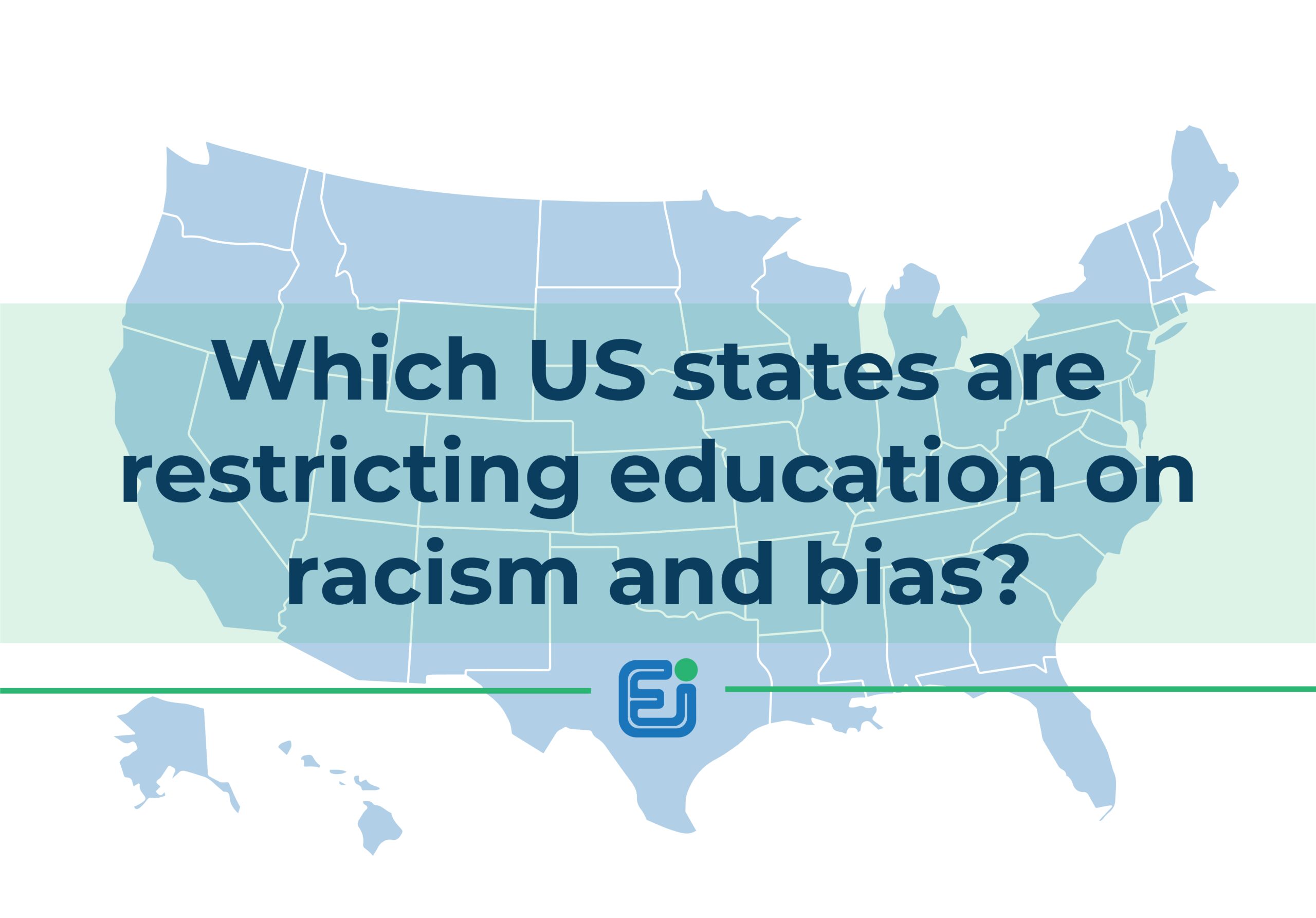
To create equitable and inclusive environments, we must talk about ideological, interpersonal, institutional, and internalized biases. However, many states are restricting education on racism and bias, affecting public pre-college and higher education institutions. This is incredibly problematic and prevents progress towards equality. In this post, view a map of states who are restricting and expanding education by Chalkbeat.
We help people intentionally and systematically engineer equity and inclusion into their organizations: driving positive outcomes and effectively supporting employees and the community.
We acknowledge that we gather as Engineer Inclusion in Orange, Texas, on the unceded land of the Ishak (Atakapa), Koasati (Coushatta), and Alabama Peoples. Colonizers excised these indigenous groups from their traditional land through forced removal. We honor with gratitude the land itself and the people who have stewarded it throughout the generations. We invite you to learn more about land acknowledgments here and search for the traditional stewards of the land where you live and work here.
